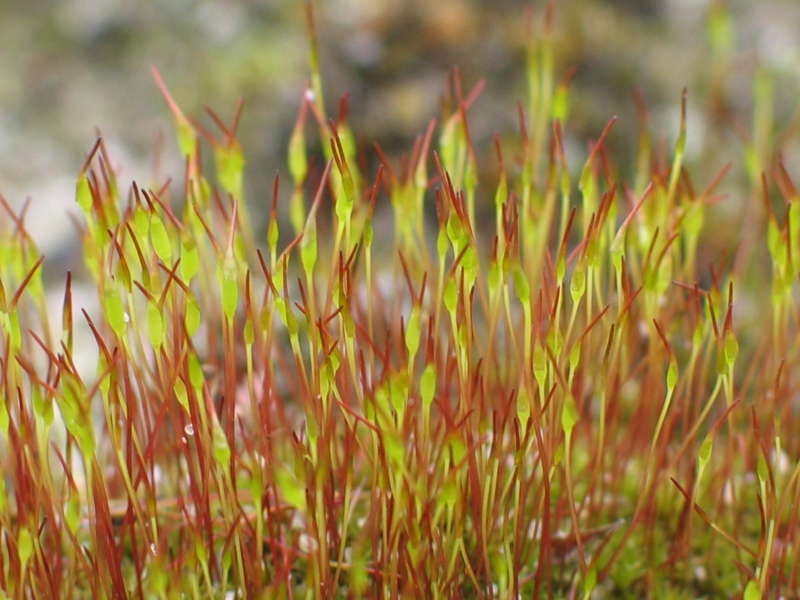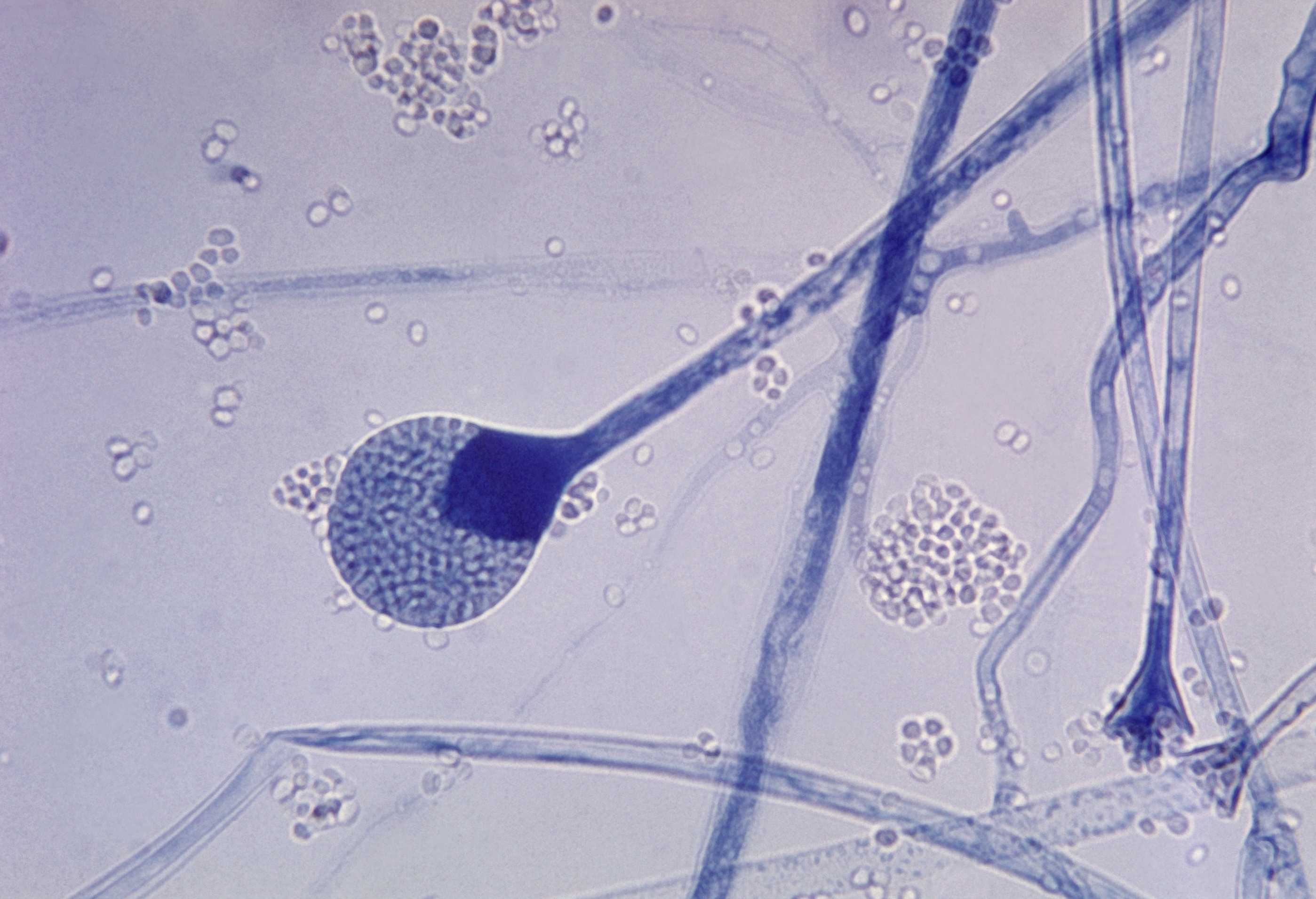|
Asplenium Resiliens
''Asplenium resiliens'', the blackstem spleenwort or little ebony spleenwort, is a species of fern native to the Western Hemisphere, ranging from the southern United States south to Uruguay, including parts of the Caribbean. Found on limestone substrates, it is named for its distinctive purplish-black stipe and rachis. A triploid, it is incapable of sexual reproduction and produces spores apogamously. First described by Martens and Galeotti in 1842 under the previously used name ''Asplenium parvulum'', the species was given its current, valid name by Kunze in 1844. Several similar species are known from the tropics; ''A. resiliens'' may have arisen from these species by reticulate evolution, but precise relationships among the group are not yet certain. Description It is a small fern with pinnate fronds, growing in erect tufts, with a shiny black stipe and rachis (stem and leaf axis). Sterile and fertile fronds are similar in appearance. The roots are thin and ... [...More Info...] [...Related Items...] OR: [Wikipedia] [Google] [Baidu] |
Gustav Kunze
Gustav Kunze (4 October 1793, Leipzig – 30 April 1851, Leipzig) was a German professor of zoology, an entomologist and botanist with an interest mainly in ferns and orchids. Kunze joined the Wernerian Natural History Society in Edinburgh in 1817. He later became Zoology Professor at Leipzig University and in 1837 was appointed director of the Botanical Gardens in Leipzig. In 1851 he was elected a foreign member of the Royal Swedish Academy of Sciences. The plant genus ''Kunzea'' was named in his honour. Works * Beiträge zur Monographie der Rohrkäfer. ''Neue Schrift. Naturf. Ges. Halle'', 2 (4): 1-56. (1818). * Die Farrnkrauter in Kolorirten Abbildungen: Naturgetreu Erläutert und Beschrieben. 2 volumes (1847-1851). * Index Filicum (''sensu latissimo'') in Hortis Europæis Cultarum Synonymis Interpositis Auctus, cura A. Baumanni. Orig. in ''Linnaea'' XXXIII (1850). Pub. as book (1853). * Zeugophora (Jochträger) eine neue Käfergattung. ''Neue Schrift. Naturf. Ges. Halle'' ... [...More Info...] [...Related Items...] OR: [Wikipedia] [Google] [Baidu] |
Adaxial
{{Short pages monitor ... [...More Info...] [...Related Items...] OR: [Wikipedia] [Google] [Baidu] |
Sporophyte
A sporophyte () is the diploid multicellular stage in the life cycle of a plant or alga which produces asexual spores. This stage alternates with a multicellular haploid gametophyte phase. Life cycle The sporophyte develops from the zygote produced when a haploid egg cell is fertilized by a haploid sperm and each sporophyte cell therefore has a double set of chromosomes, one set from each parent. All land plants, and most multicellular algae, have life cycles in which a multicellular diploid sporophyte phase alternates with a multicellular haploid gametophyte phase. In the seed plants, the largest groups of which are the gymnosperms and flowering plants (angiosperms), the sporophyte phase is more prominent than the gametophyte, and is the familiar green plant with its roots, stem, leaves and cones or flowers. In flowering plants the gametophytes are very reduced in size, and are represented by the germinated pollen and the embryo sac. The sporophyte produces spor ... [...More Info...] [...Related Items...] OR: [Wikipedia] [Google] [Baidu] |
Diploid
Ploidy () is the number of complete sets of chromosomes in a cell, and hence the number of possible alleles for autosomal and pseudoautosomal genes. Sets of chromosomes refer to the number of maternal and paternal chromosome copies, respectively, in each homologous chromosome pair, which chromosomes naturally exist as. Somatic cells, tissues, and individual organisms can be described according to the number of sets of chromosomes present (the "ploidy level"): monoploid (1 set), diploid (2 sets), triploid (3 sets), tetraploid (4 sets), pentaploid (5 sets), hexaploid (6 sets), heptaploid or septaploid (7 sets), etc. The generic term polyploid is often used to describe cells with three or more chromosome sets. Virtually all sexually reproducing organisms are made up of somatic cells that are diploid or greater, but ploidy level may vary widely between different organisms, between different tissues within the same organism, and at different stages in an organism's life cycle. ... [...More Info...] [...Related Items...] OR: [Wikipedia] [Google] [Baidu] |
Chromosome Number
Ploidy () is the number of complete sets of chromosomes in a cell, and hence the number of possible alleles for autosomal and pseudoautosomal genes. Sets of chromosomes refer to the number of maternal and paternal chromosome copies, respectively, in each homologous chromosome pair, which chromosomes naturally exist as. Somatic cells, tissues, and individual organisms can be described according to the number of sets of chromosomes present (the "ploidy level"): monoploid (1 set), diploid (2 sets), triploid (3 sets), tetraploid (4 sets), pentaploid (5 sets), hexaploid (6 sets), heptaploid or septaploid (7 sets), etc. The generic term polyploid is often used to describe cells with three or more chromosome sets. Virtually all sexually reproducing organisms are made up of somatic cells that are diploid or greater, but ploidy level may vary widely between different organisms, between different tissues within the same organism, and at different stages in an organism's life cycle. H ... [...More Info...] [...Related Items...] OR: [Wikipedia] [Google] [Baidu] |
Sporangium
A sporangium (; from Late Latin, ) is an enclosure in which spores are formed. It can be composed of a single cell or can be multicellular. Virtually all plants, fungi, and many other lineages form sporangia at some point in their life cycle. Sporangia can produce spores by mitosis, but in nearly all land plants and many fungi, sporangia are the site of meiosis and produce genetically distinct haploid spores. Fungi In some phyla of fungi, the sporangium plays a role in asexual reproduction, and may play an indirect role in sexual reproduction. The sporangium forms on the sporangiophore and contains haploid nuclei and cytoplasm. Spores are formed in the sporangiophore by encasing each haploid nucleus and cytoplasm in a tough outer membrane. During asexual reproduction, these spores are dispersed via wind and germinate into haploid hyphae. Although sexual reproduction in fungi varies between phyla, for some fungi the sporangium plays an indirect role in sexual re ... [...More Info...] [...Related Items...] OR: [Wikipedia] [Google] [Baidu] |
Indusium
A sorus (pl. sori) is a cluster of sporangia (structures producing and containing spores) in ferns and fungi. A coenosorus (plural coenosori) is a compound sorus composed of multiple, fused sori. Etymology This New Latin word is from Ancient Greek σωρός (''sōrós'' 'stack, pile, heap'). Structure In lichens and other fungi, the sorus is surrounded by an external layer. In some red algae, it may take the form of depression into the thallus. In ferns, the sori form a yellowish or brownish mass on the edge or underside of a fertile frond. In some species, they are protected during development by a scale or film of tissue called the indusium, which forms an umbrella-like cover. Lifecycle significance Sori occur on the sporophyte generation, the sporangia within producing haploid meiospores. As the sporangia mature, the indusium shrivels so that spore release is unimpeded. The sporangia then burst and release the spores. As an aid to identification The shape, arrangemen ... [...More Info...] [...Related Items...] OR: [Wikipedia] [Google] [Baidu] |
Sorus
A sorus (pl. sori) is a cluster of sporangia (structures producing and containing spores) in ferns and fungi. A coenosorus (plural coenosori) is a compound sorus composed of multiple, fused sori. Etymology This New Latin word is from Ancient Greek σωρός (''sōrós'' 'stack, pile, heap'). Structure In lichens and other fungi, the sorus is surrounded by an external layer. In some red algae, it may take the form of depression into the thallus. In ferns, the sori form a yellowish or brownish mass on the edge or underside of a fertile frond. In some species, they are protected during development by a scale or film of tissue called the indusium, which forms an umbrella-like cover. Lifecycle significance Sori occur on the sporophyte generation, the sporangia within producing haploid meiospores. As the sporangia mature, the indusium shrivels so that spore release is unimpeded. The sporangia then burst and release the spores. As an aid to identification The shape, arrangem ... [...More Info...] [...Related Items...] OR: [Wikipedia] [Google] [Baidu] |
Hydathode
A hydathode is a type of pore, commonly found in angiosperms, that secretes water through pores in the epidermis or leaf margin, typically at the tip of a marginal tooth or serration. Hydathodes occur in the leaves of submerged aquatic plants such as ''Ranunculus fluitans'' as well as herbaceous plants of drier habitats such as ''Campanula rotundifolia''. They are connected to the plant vascular system by a vascular bundle. Hydathodes are commonly seen in water lettuce, water hyacinth, rose, balsam, and many other species. Hydathodes are made of a group of living cells with numerous intercellular spaces filled with water, but few or no chloroplasts, and represent modified bundle-ends. These cells (called ''epithem cells'') open out into one or more sub-epidermal chambers. These, in turn, communicate with the exterior through an open water stoma or open pore. The water stoma structurally resembles an ordinary stoma, but is usually larger and has lost the power of movement. Hydat ... [...More Info...] [...Related Items...] OR: [Wikipedia] [Google] [Baidu] |
Crenate
A leaf ( : leaves) is any of the principal appendages of a vascular plant stem, usually borne laterally aboveground and specialized for photosynthesis. Leaves are collectively called foliage, as in "autumn foliage", while the leaves, stem, flower, and fruit collectively form the shoot system. In most leaves, the primary photosynthetic tissue is the palisade mesophyll and is located on the upper side of the blade or lamina of the leaf but in some species, including the mature foliage of ''Eucalyptus'', palisade mesophyll is present on both sides and the leaves are said to be isobilateral. Most leaves are flattened and have distinct upper ( adaxial) and lower ( abaxial) surfaces that differ in color, hairiness, the number of stomata (pores that intake and output gases), the amount and structure of epicuticular wax and other features. Leaves are mostly green in color due to the presence of a compound called chlorophyll that is essential for photosynthesis as it absorbs light ... [...More Info...] [...Related Items...] OR: [Wikipedia] [Google] [Baidu] |
Auricle (botany)
In botany, an auricle is a small ear-like projection from the base of a leaf or petal Petals are modified leaves that surround the reproductive parts of flowers. They are often brightly colored or unusually shaped to attract pollinators. All of the petals of a flower are collectively known as the ''corolla''. Petals are usuall .... ReferencesDictionary of Botany Plant morphology {{botany-stub ... [...More Info...] [...Related Items...] OR: [Wikipedia] [Google] [Baidu] |
Sessile (botany)
In botany, sessility (meaning "sitting", used in the sense of "resting on the surface") is a characteristic of plant parts (such as flowers and leaves) that have no stalk. Plant parts can also be described as subsessile, that is, not completely sessile. A sessile flower is one that lacks a pedicel (flower stalk). A flower that is not sessile is pedicellate. For example, the genus ''Trillium'' is partitioned into two subgenera, the sessile-flowered trilliums (''Trillium'' subg. ''Sessilium'') and the pedicellate-flowered trilliums. Sessile leaves lack petioles (leaf stalks). A leaf that is not sessile is petiolate. For example, the leaves of most monocotyledons lack petioles. The term sessility is also used in mycology to describe a fungal fruit body that is attached to or seated directly on the surface of the substrate Substrate may refer to: Physical layers *Substrate (biology), the natural environment in which an organism lives, or the surface or medium on which ... [...More Info...] [...Related Items...] OR: [Wikipedia] [Google] [Baidu] |






.png)